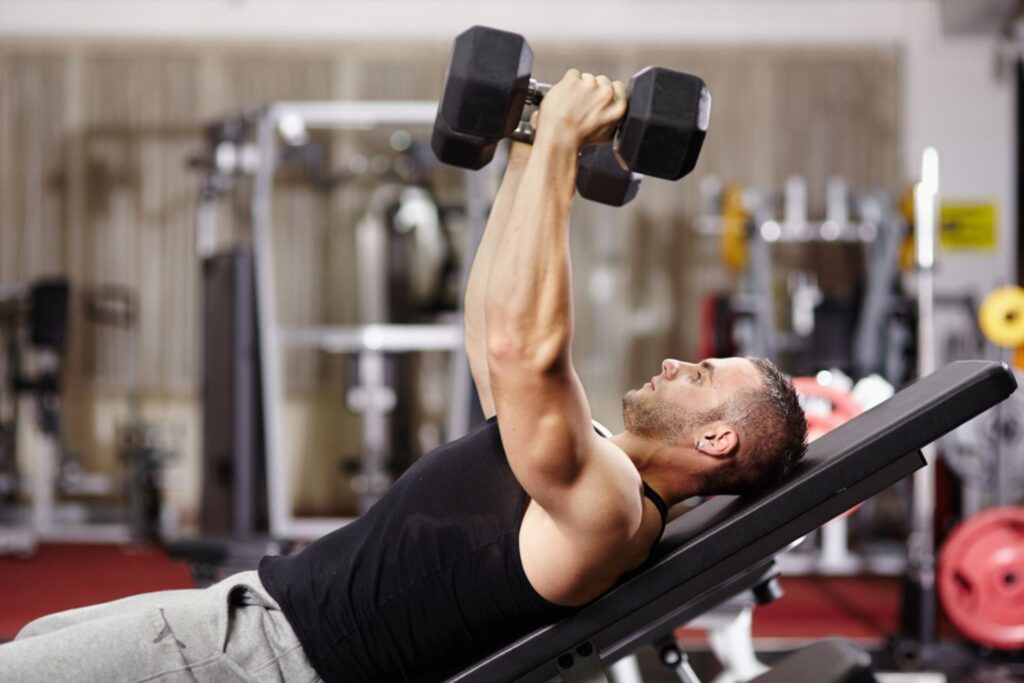If you consider Norway a winter sports haven, frozen wonderland and the best place to see the aurora borealis, you’d be correct. But the Scandinavian nation has also gained a reputation for churning out a number of world champion endurance athletes, thanks to an innovative training method that builds endurance unlike any other.
Outside of their quadrennial dominance at the Winter Olympics, we don’t hear all that much about Norwegians accomplishments in the sporting arena. Sure, they’ve produced the odd superstar like frenetic footballer’s Erling Haaland and Ole Gunnar Solskjaer. But few would recognise the Northerly nation as a sporting powerhouse. That changed at the 2020 Summer Olympics in Tokyo.
After failing to win a gold medal at the 2016 Olympics, Norwegian athletes returned from Tokyo with four gold’s, the most they’ve won since 2004. While Norway has traditionally been adept at sailing and shooting, two of their gold medals in Tokyo came in athletics and another came in the triathlon. Karsten Warholm and Jakob Ingebrigtsen blew away their competition in the 400 metre hurdles and 1500 metres. And Kristian Blummenfelt held off all comers to win the men’s triathlon. The last two Ironman world champions have also hailed from Norway.
So how have they done it? Norway has been a historically lacklustre nation in endurance events and suddenly they’re dominating. The reason behind the Norwegian’s meteoric ascension can be attributed to a peculiar training method that prioritises training slower and easier instead of high intensity sweat sessions. And Norway’s top athletes are all advocates for it.
While a ‘go slower’ approach might feel like a slap in the face to endurance athletes and our health conscious readers who have constantly been told to speed it up, the Norwegian method has scientific evidence behind its effectiveness and it’s hard to argue with the results. If you’ve ever felt broken at the end of a race or like you’ve got nothing left in the tank for that final kick, the Norwegian method could be right for you.
Understanding the method is quite simple. When you exercise, your metabolic system becomes stressed. Your body starts producing lactic acid to provide fuel for that extra burst of energy. As the exercise gets more intense, your body begins to produce more lactic acid than it can burn. That point is called the lactate threshold and you usually cross it during the all-out, exhaustive phase of exercise we’ve been told is necessary to get results.
Under the Norwegian method, the aim is to get yourself just under the lactate threshold and stay there. You can find your lactate threshold by monitoring your heart rate, or by simply recognising when your workout gets too hard. Using this model doesn’t mean you won’t break a sweat. You’ll still be running at a conversational pace, but holding back from your top gear to keep yourself under the lactate threshold.
Sports scientist and Ironman coach Olav Aleksander Bu introduced the Norwegian method to his triathletes and took their endurance to the next level. Bu analysed complex data from the world’s most elite triathletes. Combining that data with insights from cutting-edge scientific research, he was able to come up with precise training routines. Bu tested his ideas on Kristian Blummenfelt and Gustav Iden, who became the 2021 and 2022 Ironman champions.
Bu took over as Blummenfelt’s coach after the 2016 Rio Olympics. Blummenfelt obviously had talent, after all, he finished 13th in the Olympic triathlon at just 22 years of age, but far too often he would go out hard and fast early in races and having nothing left in the tank for a big finish. Bu introduced Blummenfelt to the Norwegian method and not long after, he won a gold medal in Tokyo. For the cherry on top, Blummenfelt passed his competitors on the race’s home stretch by finding an extra gear.
While the Norwegian method prioritises easier runs, that doesn’t mean you shouldn’t push yourself occasionally. Blummenfelt and Iden train with interval sessions. Most of which are longer efforts with a slower pace, but they also do brief sprints, albeit with a capped intensity level.
The Norwegian method contradicts everything we’ve been told to do during training. It turns out the best way to build endurance isn’t to push yourself past breaking point, but to keep yourself steady so your body can adapt and save energy for when you really need it. With Norwegians now dominating the world of endurance sports, they must be doing something right.
















